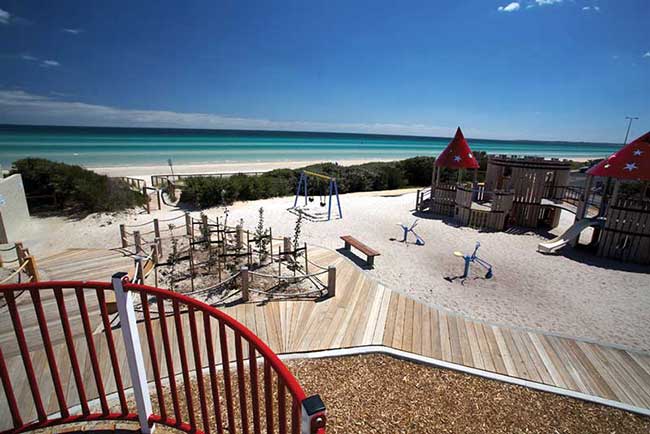
Victoria’s Auditor-General John Doyle has taken a swipe at the state government and the local government sector for the management of their physical infrastructure assets.
Valued at $73 billion, the management of these vital pieces of council-owned infrastructure has come under the microscope in a report tabled in state parliament titled Asset Management and Maintenance by Councils.
As councils annually spend $2 billion maintaining this infrastructure including buildings, parks and gardens, roads, bridges, land and drains, the purpose of Mr Doyle’s audit was to assess whether councils have been effectively managing these assets.
Mr Doyle’s report examined whether they have developed and applied “sound strategic frameworks” for asset management and implemented “efficient and effective” asset management practices.
His report also reviewed the guidance and support provided to councils in managing these assets.
The report card didn’t give audited councils straight As.
It identified “significant deficiencies” in asset renewal and practice, the quality of asset management plans, the linking of service levels to these plans, the development of asset management information systems, and in councils’ monitoring, evaluation and reporting on asset management.
“The continuing growth in councils’ asset renewal gaps remains of considerable concern,” Mr Doyle said.
He firmly recommended that Local Government Victoria, a division of the Department of Transport, Planning and Local Infrastructure that oversees the administration of the Local Government Act 1989, should provide improved asset management guidance and support to councils.
The Auditor-General’s report was keenly backed by the Municipal Association of Victoria (MAV), whose president, Bill McArthur said that the report correctly identifies that councils are facing ongoing challenges to maintain their community assets.
“The findings have merit, but to achieve these outcomes, someone has to pay and if that’s the case it will be a significant cost burden to ratepayers,” Mr McArthur said.
Mr McArthur told Government News that councils must balance their asset improvement programs with the cost that will be incurred by ratepayers to achieve this.
He said all councils participate in the MAV’s asset management improvement program, which is already working to address the priority areas identified in the report.
“I think councils have significantly improved their capacity to manage assets since 2010 and the Victorian government is leading the nation as confirmed through the National Asset Management Assessment Framework (NAMAF),” Mr McArthur said.
According to Mr McArthur, the MAV initiated the NAMAF after the success of the Asset Management Improvement Program, which has been working with Victorian councils since 2002.
“The key focus of that program is to maximise councils’ financial sustainability through better integration of long term financial and service planning while continuing to reduce the asset renewal gap,” he said.
He said that aligns with the Auditor-General’s recommendations to improve the focus on asset renewal planning, linking the service levels to these plans, improving information systems, monitoring and valuation.
Comment below to have your say on this story.
If you have a news story or tip-off, get in touch at editorial@governmentnews.com.au.
Sign up to the Government News newsletter
